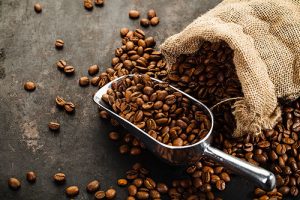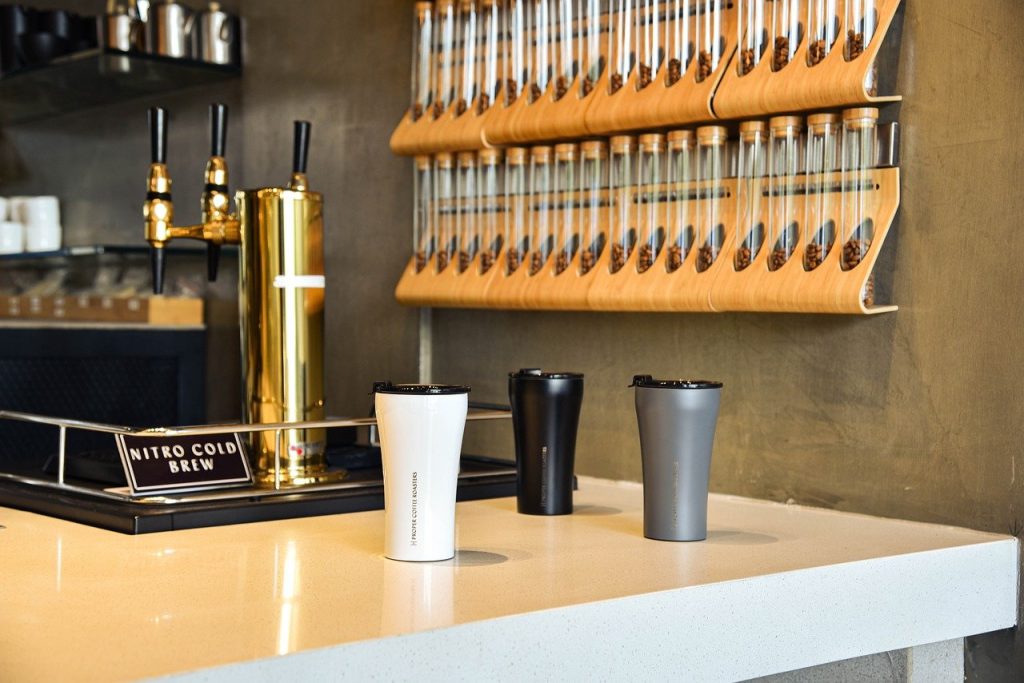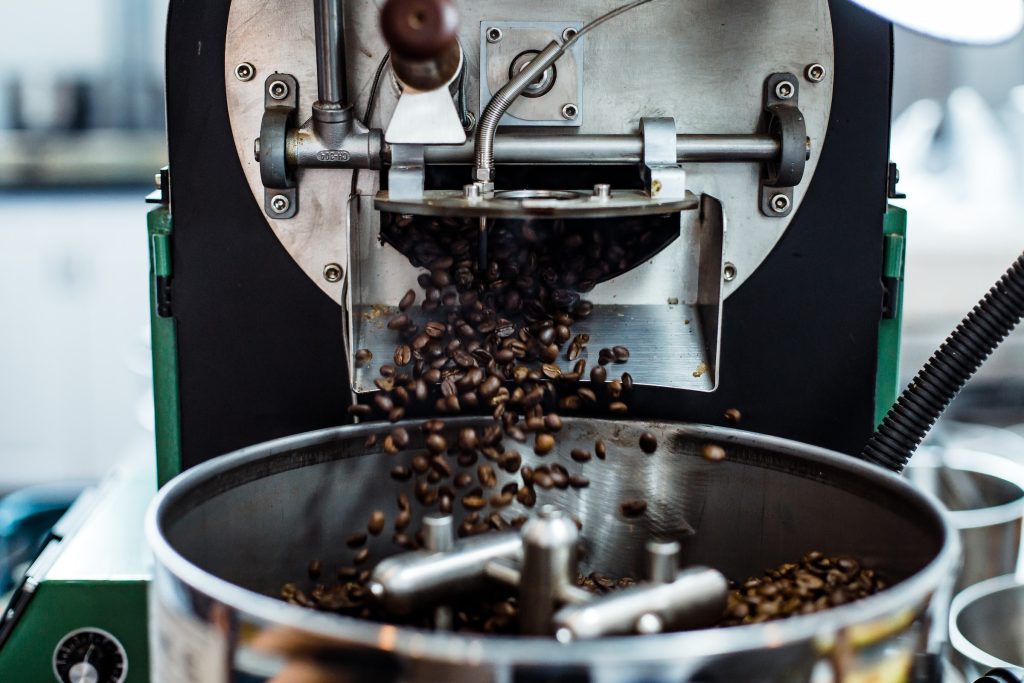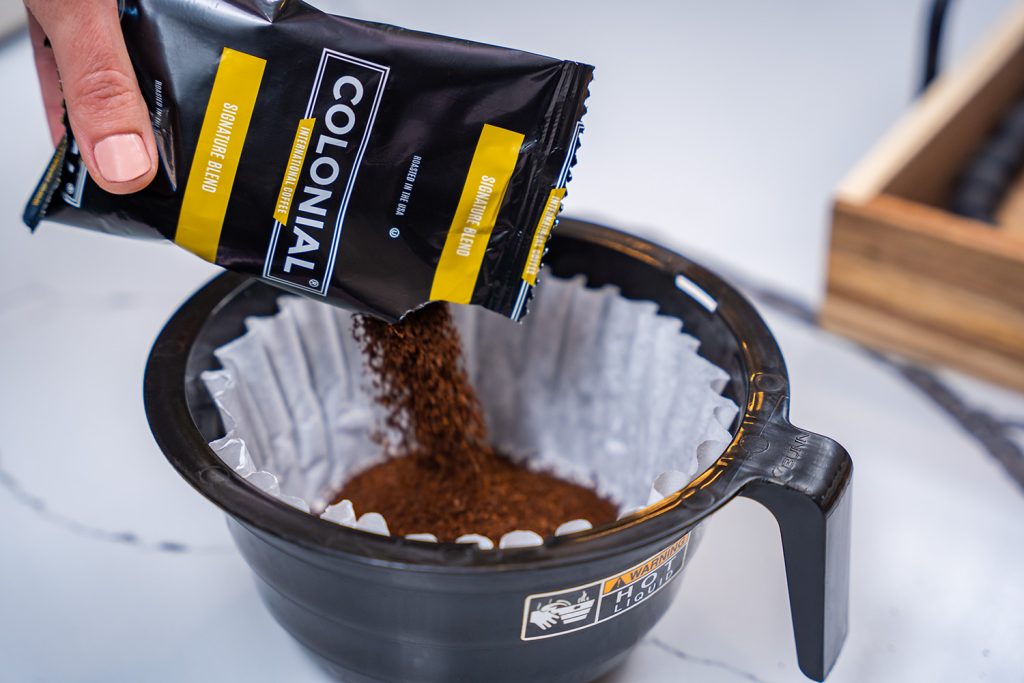Coffee Cupping: The Art of Tasting Coffee
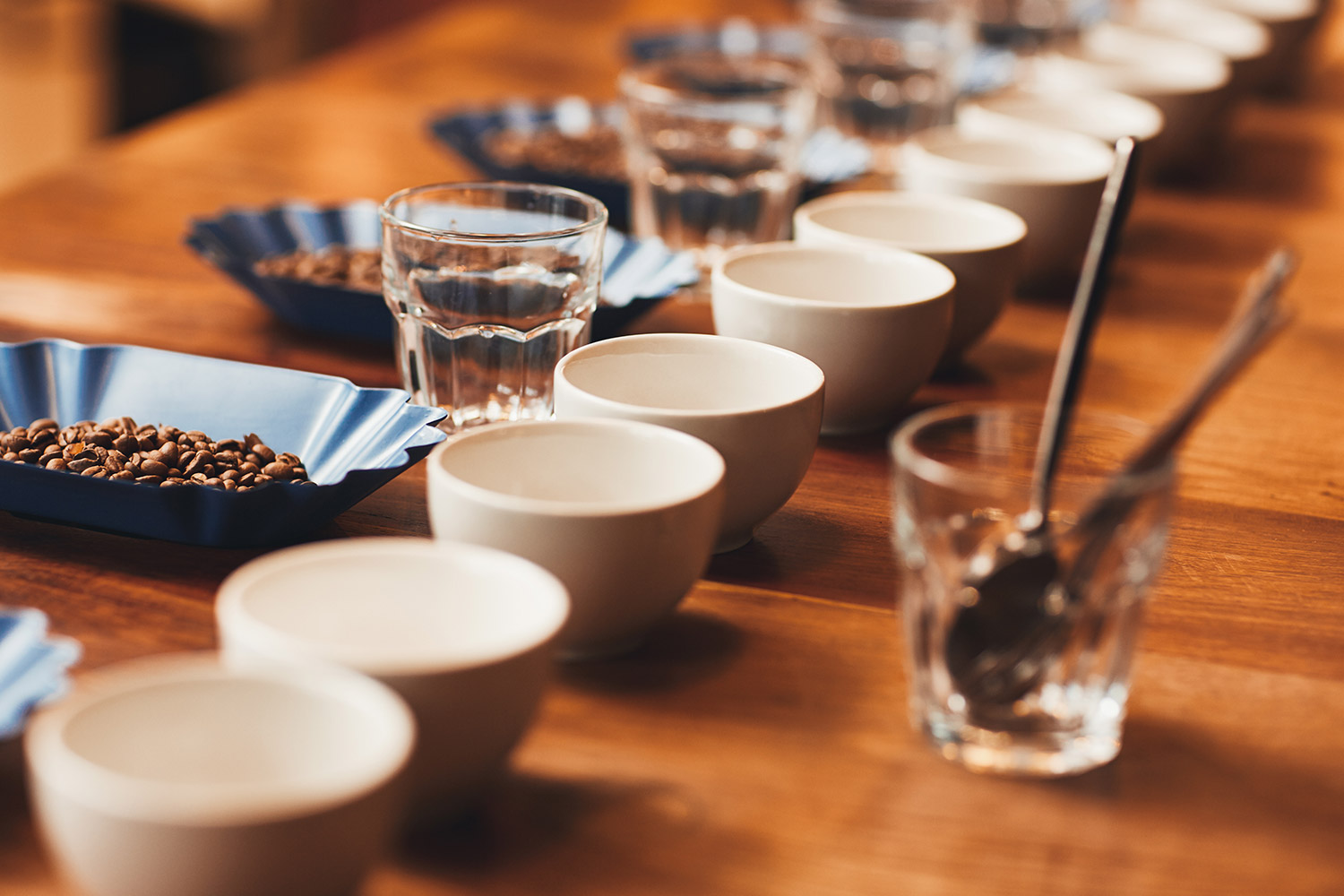
Coffee cupping is the practice of evaluating different types of coffee beans for their flavor, body, aroma, and other qualities. It is an essential skill in the specialty coffee industry, and can even be done at home with a few simple tools.
This blog post will explore how to cup coffee like a professional barista. We’ll review the necessary equipment and discuss the key steps in a successful tasting session. With a little practice, you can learn how to use your senses to detect subtle nuances that distinguish one bean from another!
Necessary Equipment
The basic equipment required for cupping coffee consists of two containers — one for water and one for grounds — as well as spoons, cups, filters, and some kind of timer. You’ll need an appropriate grinder for whatever type of beans you’re working with (espresso or filter), and either a hot plate or stovetop to heat up the water.
You’ll also want to have something to measure out your ingredients (e.g., digital scales) so that all your cups can have the same amount of ground coffee and water each time. Finally, it’s helpful to have note cards or paper on hand so you can jot down any observations during your tasting session.
Key Steps in Coffee Cupping
Dry Aroma
Before adding any liquid, smell the ground coffee without stirring it around — this gives an idea of its potential aroma once brewed.
Wet Aroma
Add hot water and take note of the coffee’s scent when combined with liquid — this might reveal different aromas than when dry-smelling it alone (sugar notes being especially common).
Break the Crust
Let the grounds settle after adding hot water; then break through them with a spoon (this is called “breaking the crust”). Take note of any new smells that arise as this happens.
Slurp Method
Scoop up some liquid from just under the surface with your spoon and slurp it into your mouth like soup — this allows air to mix into the sample before hitting your taste buds for better evaluation; plus it helps cool off hotter samples faster! Also, make sure to move the spoon up with enough speed so that droplets come flying out toward your nose — giving additional information about its aroma profile while slurping!
Swish & Spit
After you’ve slurped your sample, swish it around inside of your mouth before spitting it out into a cup/container provided specifically for that purpose; doing so helps further identify specific characteristics such as sweetness or bitterness levels more accurately than just drinking it normally would by itself…
Evaluate Results
Once done slurping/spitting all samples side-by-side (or individually depending on how many coffees you’re cupping), take notes on areas like body/mouthfeel, acidity level, sweetness level (fruity or floral if present), finish/aftertaste & overall complexity/balance as best possible without biases towards preference!
Once all evaluations are completed, it’s time to compare each sample’s results together & choose which bean(s) fit best into what categories needed most from objective standpoints. From there, decisions may easily be made about which bean(s) should be used going forward in whatever application desired whether that be espresso-based drinks, filter brews, etc!
Make sure your read our Guide to Choosing the Right Wholesale Coffee Supplier.
Happy Cuppin’!

